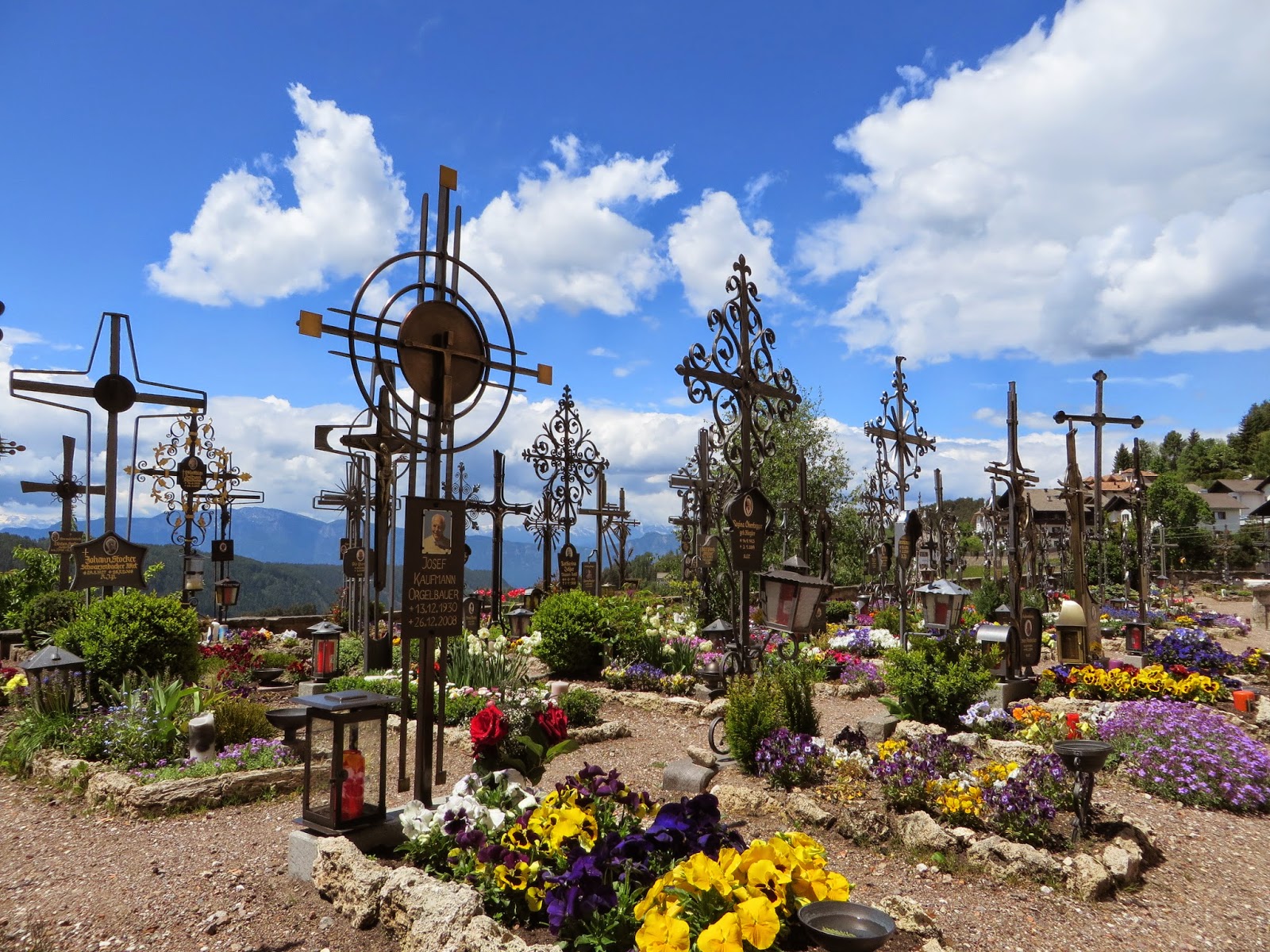 |
To prepare for six weeks in Italy, Jan and I read quite a
few books, and watched several films, about Italy during World War II. You
might want to know that John Hersey’s A
Bell for Adano still rings true as a novel about that era, and also that
Roberto Benigni’s Life is Beautiful
is a movie that hasn’t lost its power to make us laugh, weep, and cheer—all at
the same time.
It may surprise you to know, though, that my experience in
Italy has confirmed that I do have certain right-wing inclinations, at least in
one respect. Hopefully, the only
thing I may be said to share have with the Fascisti
of the last century is their taste in real estate.
 |
The lakes of northern Italy—the last seat of Mussolini’s
government, his final hideout, and eventually the scene of his capture and execution—remain
a deeply appealing destination, particularly as Jan and I were able to be there
after the winter ski crowds had left and before the summer vacationers arrived.
Earlier this year I enjoyed spending a day in San Francisco
with my friend Tony’s wife, Ronda Bowman. She wanted to visit a bar not far
from Fisherman’s Wharf, where she and Tony used to enjoy Irish coffee and a
splendid view. There we met a well-traveled, slightly drunk American businessman and his
young, Asian-American secretary. Besides making jokes to the effect that Tony
would not be my friend much longer after he learned I’d taken his wife to this
bar, the well-traveled man strongly suggested that I visit Lake Garda when I came
to Italy. He also had plenty of other advice, which I promptly forgot. But Lake
Garda stuck.
 |
So Jan and I rented a car and drove up there from Bologna,
which we made our first home base in Italy. We loved being in Riva Del Garda, beautifully
situated at the top of the lake. So much so that we arranged to stay longer.
The narrow lakes of northern Italy were formed by glaciers
and contain many micro-climates that vary with elevation. Palm, lemon and olive
trees flourish at lake level, while higher up the craggy peaks falcons soar,
and fog clears to reveal glistening snowcaps. The towns of the lakes are linked
by a good ferry service. Romans loved the area as much as the latter-day
fascists, and the early Christians, did.
 |
Culture and nature are equally captivating in this part of
the world. I particularly enjoyed exploring small village churches, set in
their own quaint piazzas that are often accessed via mazes of medieval archways.
Typically the churches, and their bell towers, command beautiful views. The
uniquely tuned bells toll the hours and joyously peal when prompted. Unlike
many of their big-city counterparts, village churches are usually left unlocked.
They are maintained as quiet settings for settling the mind and opening the
heart during the week, and for celebrating the presence of God on Sunday.
 |
The city of Bolzano, which slugs it out each year with
Bologna for the title of Italy’s “most
livable” city, is located even further north: the gateway to the stunning
Dolomites, a UNESCO “world heritage” mountain range—in a remote region of which
the famous “Ice Man” was discovered, one of the most remarkable archeological finds
of the last hundred years.
The museum in Bolzano that is devoted to the Ice Man and his
story is well worth a visit. His mummified and frozen body can be seen, but
even more interesting to me was the display, and analysis, of the clothing and
artifacts that were found with his body, as well as the impressive recreation
of what he must have looked like before his murder. (Yes, there is ample
evidence that he was shot in the back by an arrow and bled to death in a
crevasse.) Though his copper axe, tattoos, arrows, bows and amulet bag were unable
to save his life, the dry air and thick ice succeeded in perfectly preserving
his body for thousands of years.
Jan and I could not find an apartment right in Bolzano of the
sort we have discovered we need (one with a separate bedroom, a full kitchen,
free Internet, and plenty of fresh air and natural light), so we booked a place
30 kilometers away. We are so glad that we did—but we were not prepared to walk
into the town of Nova Ponente and find everyone speaking...German! Aren't we in Italy?
 |
The village of Deutschnofen (Nova Ponente’s German name) reached
maturity in the days of the Austro-Hungarian Empire. In many ways this town
lives in the past—but the past that its residents prefer to imagine predates
both World Wars. The leather shorts, dirndls and Tyrolean caps that some
residents still wear (both for work and for special occasions) reflect the
nineteenth, not the twentieth or the twenty-first century. Streets, homes, farms
and gardens are immaculate. Schools and churches are welcoming, beautifully
designed, and well maintained. People are friendly, but they are not speaking
Italian, let alone English!
 |
No comments:
Post a Comment